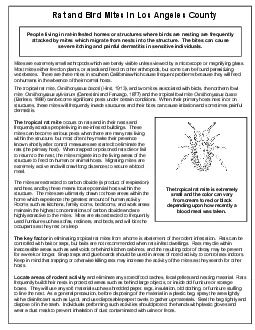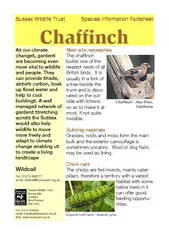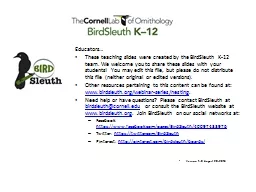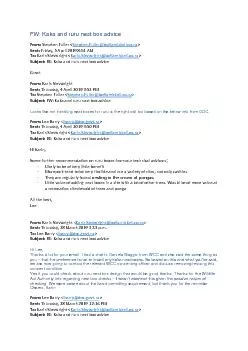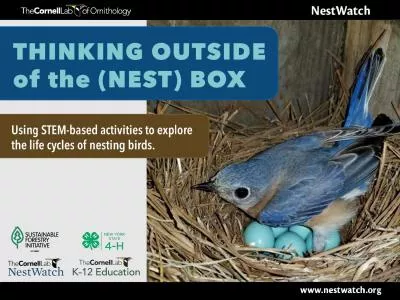PDF-People living in ratinfested homes or structures where birds are nest
Author : lucy | Published Date : 2021-08-25
Rat and Bird Mites in Los Angeles CountyMites are extremely small arthropods which are barely visible unless viewed by a microscope or magnifying glassMost mites
Presentation Embed Code
Download Presentation
Download Presentation The PPT/PDF document "People living in ratinfested homes or st..." is the property of its rightful owner. Permission is granted to download and print the materials on this website for personal, non-commercial use only, and to display it on your personal computer provided you do not modify the materials and that you retain all copyright notices contained in the materials. By downloading content from our website, you accept the terms of this agreement.
People living in ratinfested homes or structures where birds are nest: Transcript
Download Rules Of Document
"People living in ratinfested homes or structures where birds are nest"The content belongs to its owner. You may download and print it for personal use, without modification, and keep all copyright notices. By downloading, you agree to these terms.
Related Documents

